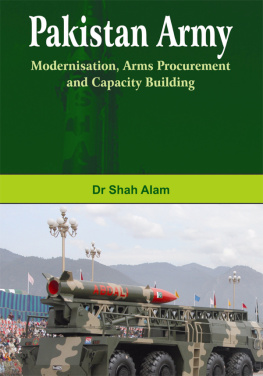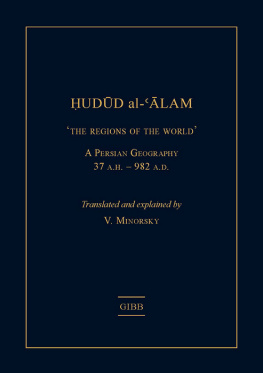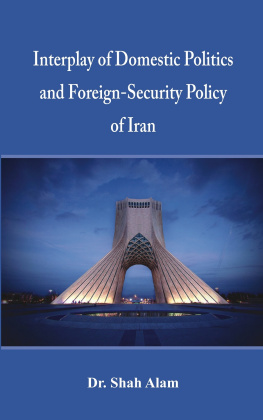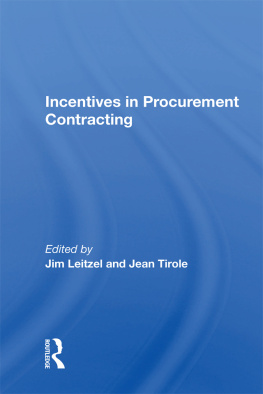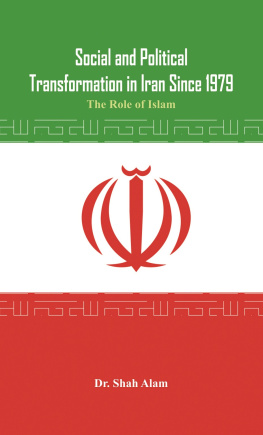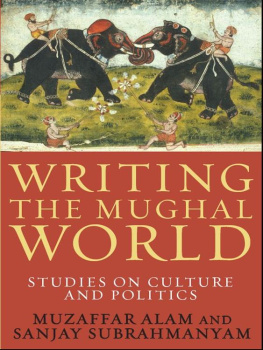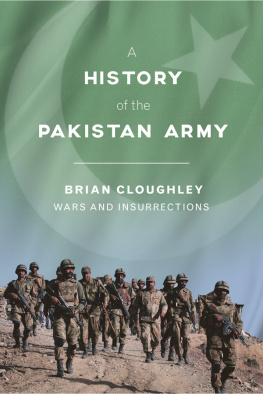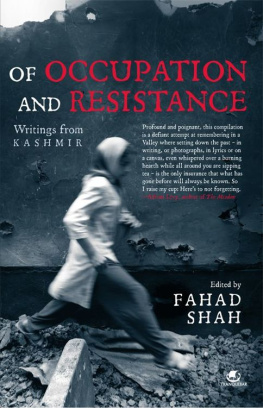Shah Dr Alam - Pakistan Army - Modernisation, Arms Procurement and Capacity Building
Here you can read online Shah Dr Alam - Pakistan Army - Modernisation, Arms Procurement and Capacity Building full text of the book (entire story) in english for free. Download pdf and epub, get meaning, cover and reviews about this ebook. year: 2012, publisher: Vij Multimedia, genre: Politics. Description of the work, (preface) as well as reviews are available. Best literature library LitArk.com created for fans of good reading and offers a wide selection of genres:
Romance novel
Science fiction
Adventure
Detective
Science
History
Home and family
Prose
Art
Politics
Computer
Non-fiction
Religion
Business
Children
Humor
Choose a favorite category and find really read worthwhile books. Enjoy immersion in the world of imagination, feel the emotions of the characters or learn something new for yourself, make an fascinating discovery.
- Book:Pakistan Army - Modernisation, Arms Procurement and Capacity Building
- Author:
- Publisher:Vij Multimedia
- Genre:
- Year:2012
- Rating:3 / 5
- Favourites:Add to favourites
- Your mark:
- 60
- 1
- 2
- 3
- 4
- 5
Pakistan Army - Modernisation, Arms Procurement and Capacity Building: summary, description and annotation
We offer to read an annotation, description, summary or preface (depends on what the author of the book "Pakistan Army - Modernisation, Arms Procurement and Capacity Building" wrote himself). If you haven't found the necessary information about the book — write in the comments, we will try to find it.
Shah Dr Alam: author's other books
Who wrote Pakistan Army - Modernisation, Arms Procurement and Capacity Building? Find out the surname, the name of the author of the book and a list of all author's works by series.
Pakistan Army - Modernisation, Arms Procurement and Capacity Building — read online for free the complete book (whole text) full work
Below is the text of the book, divided by pages. System saving the place of the last page read, allows you to conveniently read the book "Pakistan Army - Modernisation, Arms Procurement and Capacity Building" online for free, without having to search again every time where you left off. Put a bookmark, and you can go to the page where you finished reading at any time.
Font size:
Interval:
Bookmark:
(Publishers, Distributors & Importers)
2/19, Ansari Road, Darya Ganj
New Delhi 110002
Phones: 91-11-43596460, 91-11-47340674
Fax: 91-11-47340674
e-mail :
web: www.vijbooks.com
Narula Printers
December 2011
| AFRC | Armed Forces Reconstitution Committee |
| AG | Adjutant General |
| APC | Armoured Personnel Carrier |
| ARC | Army Reserve Central |
| ARN | Army Reserve North |
| ARS | Army Reserve South |
| ARV | Armoured Recovery Vehicle |
| ATM | Anti-tank Missile |
| CENTO | Central Treaty Organisation |
| CGS | Chief of General Staff |
| C-in-C | Commander-in-Chief |
| CLS | Chief of Logistics Staff |
| COAS | Chief of Army Staff |
| COS | Chief of Staff |
| DCC | Defence Committee of the Cabinet |
| UNO | United Nations Organisation |
| USSR | United Soviet Socialist Republic |
| DMT | Directorate of Military Training |
| FATA | Federally Administered Tribal Areas |
| FF | Frontier Forces |
| GHQ | General Headquarters |
| GOC | General Officer Commanding |
| HIT | Heavy Industry Taxila |
| HRF | Heavy Rebuild Factory |
| HQ | Headquarters |
| IGT&E | Inspector General of T |
| IISS | International Institute for Strategic Studies |
| IMA | Indian Military Academy |
| IOP |
Font size:
Interval:
Bookmark:
Similar books «Pakistan Army - Modernisation, Arms Procurement and Capacity Building»
Look at similar books to Pakistan Army - Modernisation, Arms Procurement and Capacity Building. We have selected literature similar in name and meaning in the hope of providing readers with more options to find new, interesting, not yet read works.
Discussion, reviews of the book Pakistan Army - Modernisation, Arms Procurement and Capacity Building and just readers' own opinions. Leave your comments, write what you think about the work, its meaning or the main characters. Specify what exactly you liked and what you didn't like, and why you think so.

